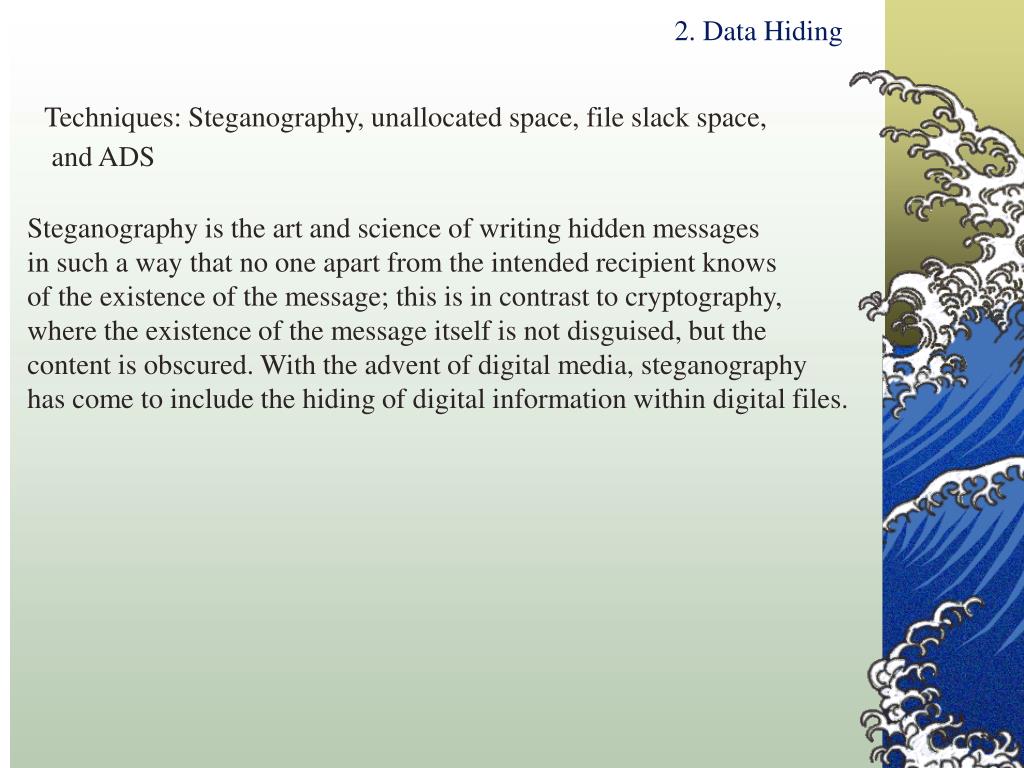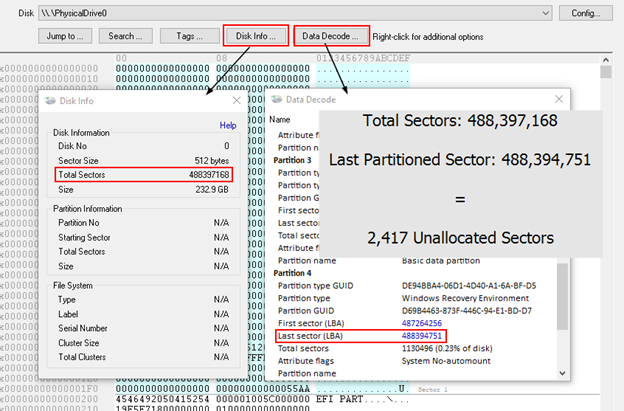

- Oxygen forensics unallocated space software#
- Oxygen forensics unallocated space Offline#
- Oxygen forensics unallocated space professional#
- Oxygen forensics unallocated space free#
Oxygen forensics unallocated space free#
Both tools are free and open-source, but commercial support and training are available as well.

The tools are designed with a modular and plug-in architecture that makes it possible for users to easily incorporate additional functionality. Autopsy is a GUI-based system that uses The Sleuth Kit behind the scenes. The Sleuth Kit is a command-line tool that performs forensic analysis of forensic images of hard drives and smartphones. Disk analysis: Autopsy/The Sleuth KitĪutopsy and The Sleuth Kit are likely the most well-known forensics toolkits in existence. This list outlines some of the most common and widely used tools for accomplishing different parts of a computer forensics investigation. Forensic investigation often includes analysis of files, emails, network activity and other potential artifacts and sources of clues to the scope, impact and attribution of an incident.ĭue to the wide variety of potential data sources, digital forensics tools often have different specialties.

The best computer forensics toolsĭigital evidence can exist on a number of different platforms and in many different forms.
Oxygen forensics unallocated space software#
This software is usually used by law enforcements and governments who want to investigate various crimes involving digital devices, such as computers and smartphones.
Oxygen forensics unallocated space Offline#
Forensic software is a type of software that deals with digital forensic investigations for both online and offline crimes.

Oxygen forensics unallocated space professional#
This free, professional grade video enhancement tool comes without any ads to distract you and a detailed information guide for all kinds of assistance to get the job done faster. This forensic video enhancement software is developed for Windows users and can also be used by investigators and law enforcement officials. Amongst others, it contains tools for Mobile Forensics, Network Forensics, Data Recovery, and Hashing. It aims to help with Incident Response, Cyber Intelligence and Computer Forensics scenarios. This evidence can be used as part of incident remediation activities or to support law enforcement activities.ĭEFT is another Linux Live CD which bundles some of the most popular free and open source computer forensic tools available. Oxygen Forensic software, free downloadĬomputer forensics deals with the collection of evidence from digital media, such as desktops, mobile devices, cloud computing and IoT devices.The data that is retrieved is coded in computer language, which must be decoded either by the system recovery or data forensic specialist. The data that is left behind is retrievable through system recovery and computer forensics software utilities. That is, unless of course, DiskScrub, M-Sweep or other DoD certified file deletion software has been used. When files are erased on DOS, Windows, Windows 95, Windows 98 and Windows NT, the data from the file remains on the unallocated storage space. Users may think that when files are deleted and the trash can is emptied, that they are permanently erased, but this isn’t so. Now, you may be thinking, “How can unallocated file space be accessed if they are inaccessible?” Well, this is where data forensic experts come in. Another term for allocated file space is active file space. These files can be easily found by the user. With allocated files, they are stored in folders, on the desktop or elsewhere on the device. For instance, if you have a Word document and delete it into the trash can and then empty the trash can, you are no longer able to find that file. What’s the difference between allocated and unallocated files?įiles that have been erased by the user are no longer accessible to him or her because they are relocated to unallocated file space. When this is done, the data is saved into the memory disk of the device. The internet, computers, cell phones, PDA’s and other electronic devices that have memory storage enable us to communicate and save information electronically. Technology has opened a door to a world of new ways of storing and obtaining important data.


 0 kommentar(er)
0 kommentar(er)
